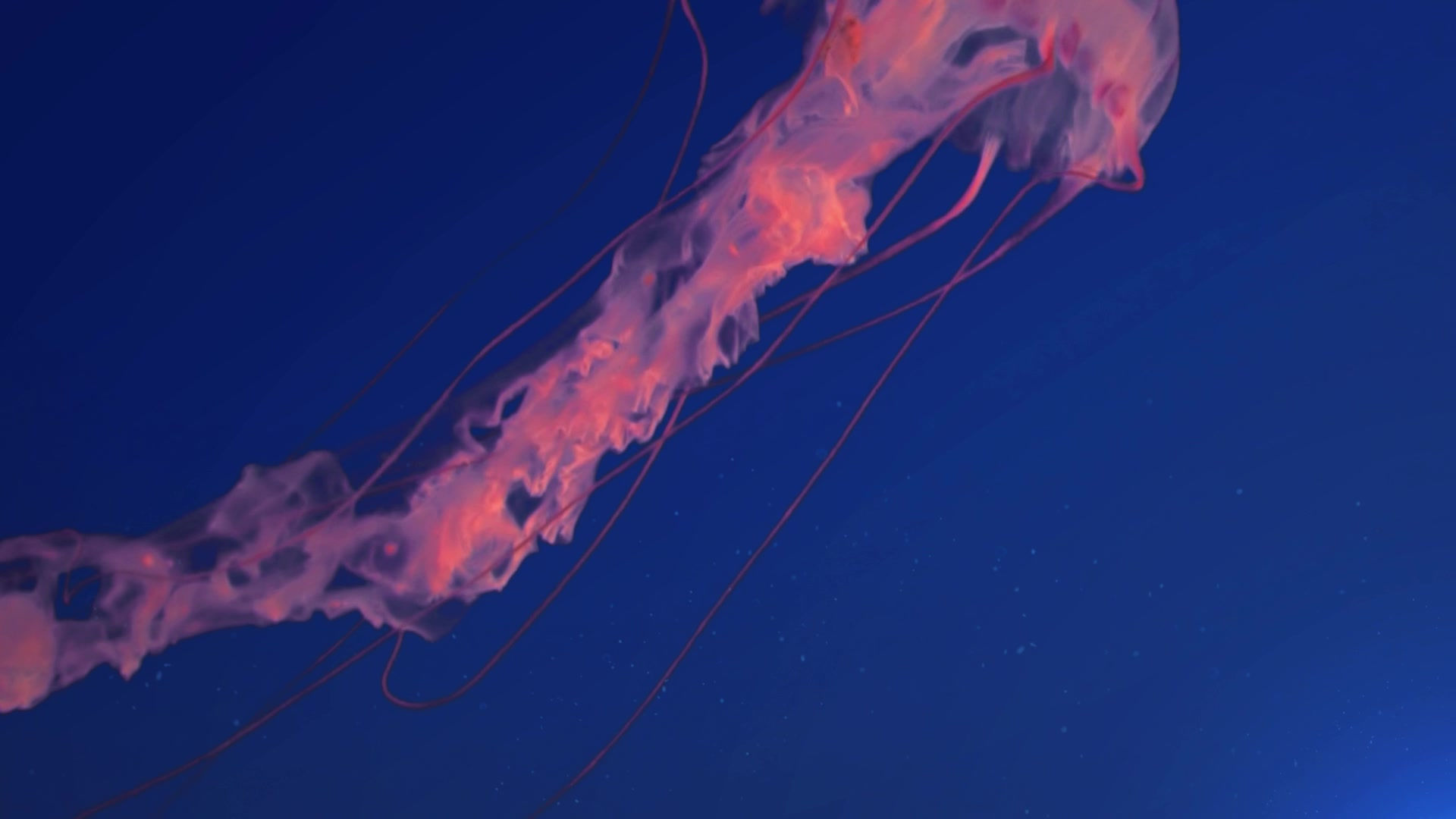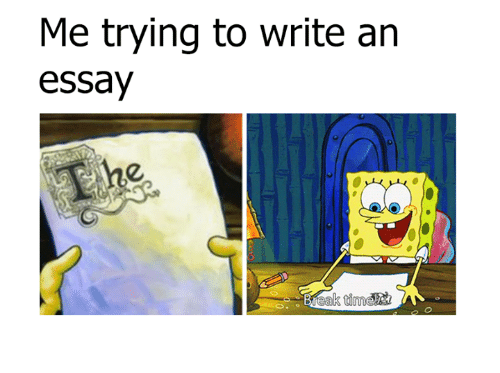Critics on The Death of Edna Pontellier
- E. Deborah Kalauserang

- Jun 8, 2018
- 6 min read

Critics on The Death of Edna Pontellier
Based on Limin Bai’s ‘The Re-Understanding of Edna Pontellier’s Death’
and Emily Toth’s ‘Kate Chopin on Divine Love and Suicide: Two Rediscovered Articles’
Prose Final Exam Paper - Sem. IV
by Esther Deborah K.
A. Introduction
Death is something fascinating. One may not know what will happen to himself when she closes her eyes for the last time nor when she continues to swim further into the deep sea. Will she meet heaven? Will she meet nothingness and cease to exist? Sometimes, I perceive that death is a door of transition between life and the unknown. People may also say that it is a tragic incident when it happens to someone unexpected. Furthermore, death will be given another name—suicide—when it is intentionally done by the person itself based on her own reasons and desire. I think that many works of literature such as Stephen Crane’s Maggie: A Girl of the Streets or B. Wongar’s The Track to Bralgu spoke of death well, ‘providing’ common circumstances for the protagonists to die in, such as in poverty or oppression. However, the mentioned works did not portray death as unusual as The Awakening written by Kate Chopin, which told the readers that the (assumed) death of Edna Pontellier is not just a mere suicide, but instead a desire and a symbol of feminine triumph.
B. Discussion
I selected two studies which discussed the death of Edna Pontellier. The first one is a journal published by Duke University Press, entitled Kate Chopin on Divine Love and Suicide: Two Rediscovered Articles written by Emily Toth from Lousiana State University. The other study is a journal written by Limin Bai, a lecturer in the College of Foreign Language in China, entitled The Re-understanding of Edna Pontellier’s Death. After looking at each study one by one, both of the ideas will be discussed and finally concluded.
Summary of Studies
In the first journal written by Emily Toth, she claims that Chopin “was inwardly questioning the nature of love and the significance of suicide—while she wrote the awakening” by looking at two contemporary articles she had found in the St. Louis Post-Dispatch. Chopin, along with her friends, discussed the topic of suicide when four young women of high social status committed death almost in the same time when their friend took her own life. It is rather unexpected for them to die, since they did not live under the circumstance of poverty nor being forced to overwork like Edna Pontellier’s case in The Awakening. Toth sees how Edna Pontellier’s action in the story was closely related to Chopin’s view that the ‘unwarned’ desire of suicide does not only emerge in women but also in men everyday. “The tendency to self-destruction is no more pronounced among society women than it ever was... the desire seems to come in waves, without warning, and soon passes away. The mere reading of a peculiar case of suicide may cause a highly nervous woman to take her own life in a similar manner, through morbid in sympathy. But do not men do the same thing every day? Why all this talk about women?” quoted Chopin. Toth also pointed out that Chopin drew on scientific discussions in her salon, whether love is divine, which influenced her mindset while writing The Awakening. In the end, “she (Chopin) also bade men to to look at their own lives—and as the response to The Awakening showed, that was something that most male reviewers were not yet willing to do”.
The second journal written by Limin Bai conveyed the idea that Edna Pontellier’s death as something “neither a punishment nor an escape, but a triumph”. First of all, Bai examined Edna’s death by pointing out that Darwinism “shook the self-importance of man” in terms of naturalism. Kate Chopin planted a little Darwinism in Edna. She made her heroine “realize herself as a human being in the universe” that has connection with the world around her, and made Edna swam into the open sea in the end, a symbol of freedom which violates the “gendered bias of the natural processes in life”. Second, Bai also used the 19th century feminist discourse to awaken Edna’s consciousness towards her independence and also self-identity as a free woman. By doing so, Edna also realizes that her female roles cannot go unaccepted by the patriarchal society ideology, and that she herself is an equal individual. Thirdly, it is also stated that Edna Pontellier “denies not only God but the equally patriarchy reaffirmed by Nietzsche’s words” and freed herself from the “spiritual and cultural anchor”. She was not able to reconcile her Apollonian and Dionysian because these concepts are patriarchal. Instead, went against these ideas by swimming off to the sea—a symbol of her rebellion. She was like “some new-born creature, opening her eyes in a familiar world that she has never known, which evidences the Nietzschean concept of eternal recurrence, though the death will follow certainly,” Bai stated.
After reading from the two studies above, there are several opinions which I come up with regarding the writers’ ideas.
Personal Response
From the first journal, I agreed with Emily Toth’s opinion that stated Chopin was deeply questioning the nature of love and suicide. When I was reading The Awakening, I noticed that Edna Pontellier was not an ordinary woman because of Kate Chopin. If Chopin was not the author of this work, her heroine would not behave so and have these wild thoughts and actions, such as having a sexual intercourse outside her marriage or swimming nakedly into the open ocean. I guess this matches Sigmund Freud’s theory that stated an author’s writing is an expression of his inner desires. Because human beings have many wishes that cannot be expressed (due to social boundary and morality), one of the way to release it was either through sex, slips of tongue or writing, according to Freud’s essay “Creative Writing and Daydreaming”. Kate Chopin even had seen suicide as something ‘unwarned’ that exists in women, that they would suddenly kill themselves when they are nervous or heard another case of suicide. However, I doubt her words because it does not apply to my self. When I am angry or have some wish that cannot come true, I would write—but there is no desire for suicide, even though for instance I heard some girl took her own life in Jakarta. This, presumably, only applied to the author herself. From her words, I can predict that Edna is a disguise of Chopin’s Id—her deepest desire which can be free from the Superego in the author’s real life.
From the second journal, I disagree with Bai’s idea that stated Edna’s (assumed) death is a triumph and feminine rebellion. Limin Bai only speaks through Edna’s perspective. However, readers should not forget that other characters—such as Edna’s husband and children—also have their own point of view. Mrs. Pontellier’s assumed death in the sea may be a tragedy to her family or the society she was living in. As it is defined by Merriam-Webster, a tragedy is a serious drama typically describing a conflict between the protagonist and a superior force (such as destiny) and having a sorrowful or disastrous conclusion that elicits pity or terror. Edna Pontellier was not aware of her own hubris—her pride of life—that led her to her hamartia, the downfall. The cause of her tragic ending was herself. Furthermore, Edna was not entirely against the patriarchy society. After coming back from the beach, Edna silently asked her husband for the wedding ring. Later, she flinged away the object, stamped on it, but the object was indestructible. Then, she allowed her maid to return it again to her. By doing so, Edna still submitted to the patriarchy system. She was also described as a ‘handsome’ woman, therefore ‘balancing’ her womanliness with a masculine trait. For me, what happened to Chopin’s heroine was a tragedy and more of an expression of self-liberation which can be done by any gender.
C. Conclusion
From the discussion above, it can be concluded that the concept of (assumed) death in Kate Chopin’s The Awakening is something out of the ordinary endings. Instead of dying under the condition of being oppressed or drowning in poverty, Edna Pontellier—a free-spirited, upper class woman—presented an interesting case of death. By looking at the two journals, readers can explore the self-given meaning behind the text through each writer’s point of view. In addition, one can also formulate her critical understanding on how Chopin’s heroine decided to end the story. Therefore, through the figure of Edna Pontellier in The Awakening and the work’s other supporting studies, one can actually ponder the meaning of love, desire, self-discovery and even death itself.
References
Chopin, Kate (1899) The Awakening. Raleigh, North Carolina: Boson Books.
Bai, Limin (2014). The Re-understanding of Edna Pontellier’s Death. Theory and Practice in Language Studies, Vol. 4, No. 4, pp. 845-849. 5 pages.
Toth, Emily (1991). Kate Chopin on Divine Love and Suicide: Two Rediscovered Articles. American Literature, Vol. 63, No. 1, pp.115-121. 7 pages.
Popova, Maria (Publication date not specified). Freud on Creative Writing and Daydreaming. https://www.brainpickings.org/2012/10/15/freud-creative-writers-and-day-dreaming/. #TheAwakening #KateChopin #GrandIsle #Death #Suicide #SigmundFreud #Feminism #SasingUSD




Comments